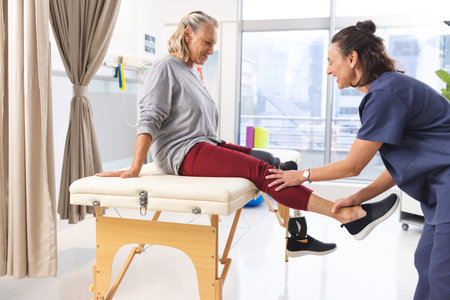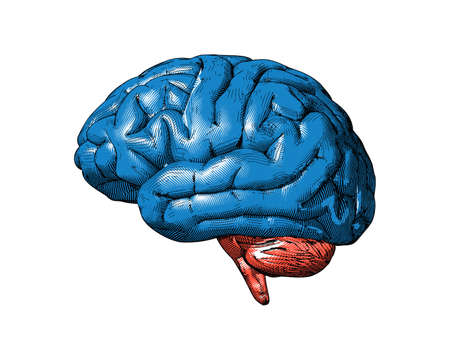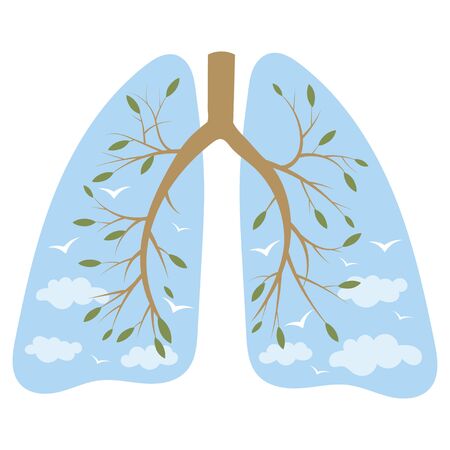The Importance of Maintaining Independence in Daily Living for Older Adults in the UK
Introduction: Understanding Independence in Later LifeIndependence is a concept that holds deep meaning for older adults in the UK, going far beyond the mere ability to perform everyday tasks alone. For many, maintaining independence as they age is closely tied to their sense of dignity, self-worth, and identity. Emotionally, it brings confidence and reassurance, allowing…








